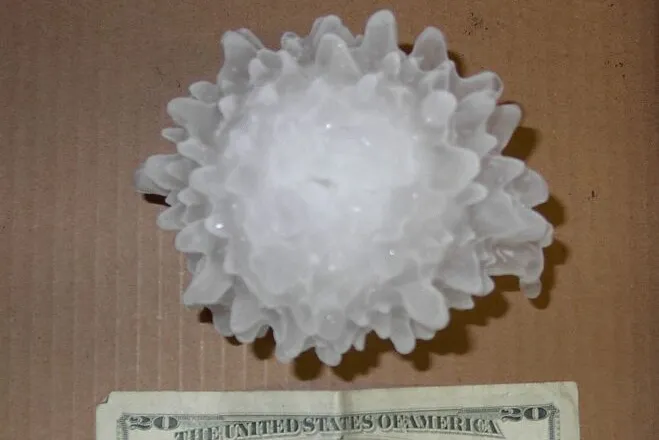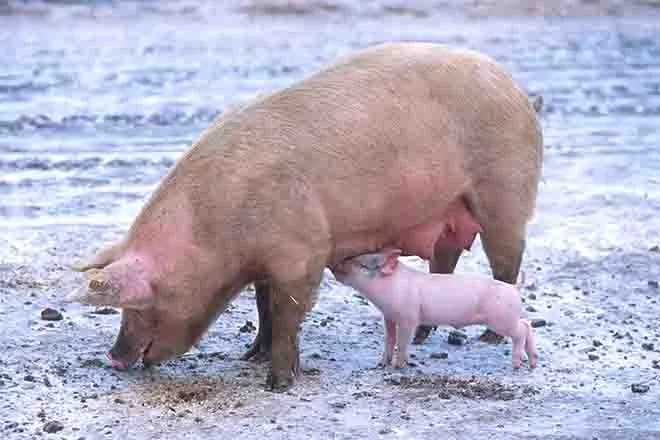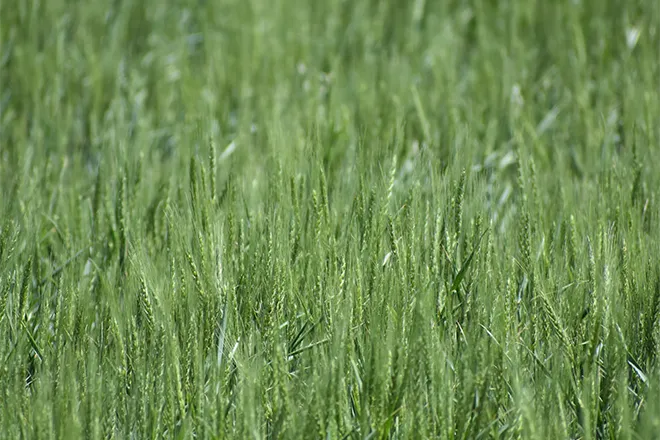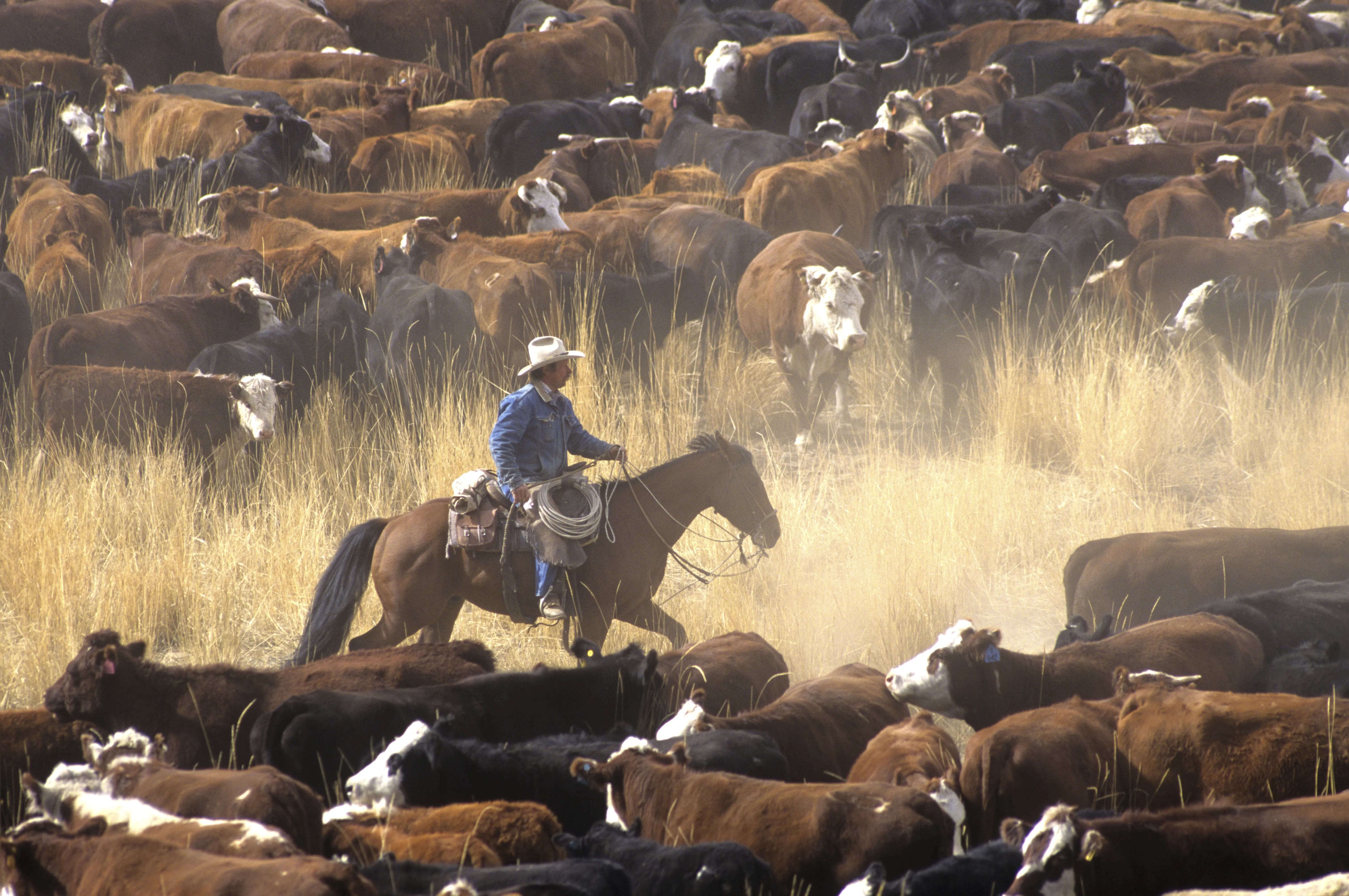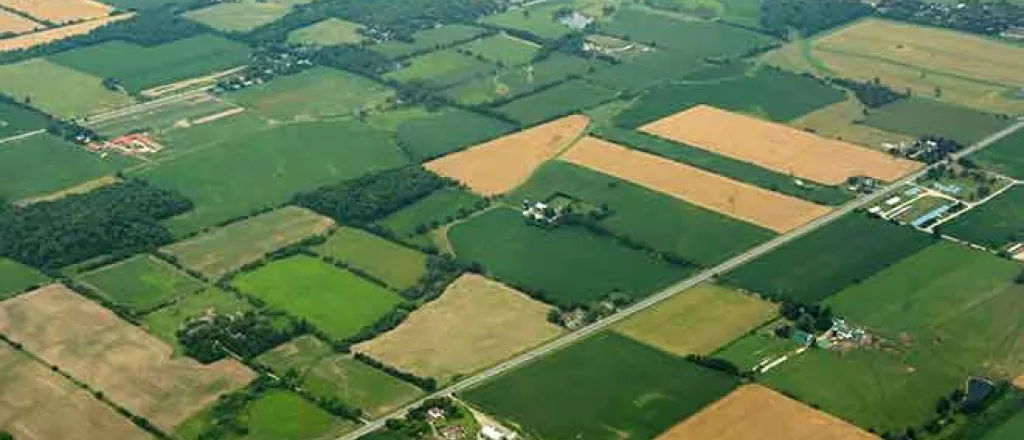
Ag Producers Share Water Quality Management Practices
Across Colorado, farmers and ranchers are using best management practices to help keep nutrients out of lakes and streams and improve Colorado’s water quality. These forward-thinking producers believe the most effective way to reach agriculture and achieve the best results is through outreach and voluntary action. Their stories and resources are now available to help other producers care for Colorado’s waterways.
The Colorado Department of Public Health and Environment (CDPHE) and Colorado Department of Agriculture (CDA) announce the release of “Colorado Ag Water Quality,” an outreach project developed by Colorado State University Extension. The resources, found at www.ColoradoAgNutrients.org, include videos, a factsheet and publications on nutrient and water quality management.
Across the United States, nitrogen and phosphorus have the potential to accumulate in waterways, causing water quality issues such as algal blooms, fish kills and impaired drinking water supplies. Colorado Regulation 85 currently addresses nutrient concentrations in surface water by encouraging the adoption of best management practices. “Myself along with a number of other agricultural entities became aware of it [Regulation 85] and were actively engaged in the stakeholder discussions until it was adopted by the Water Quality Control Commission in 2012,” states Bill Hammerich, CEO, Colorado Livestock Association.
Regulation 85 sets a 2022 timeline for evaluation of this voluntary approach for reducing nutrient pollution in surface waterways. Additional regulations may be considered, depending on the success of these voluntary efforts. Colorado’s farmers and ranchers have responded by working proactively to safeguard Colorado’s waterways.
“Many farmers and ranchers are already using some of the latest-and-greatest agricultural technologies and best management practices to produce the world’s food, fuel, and fiber in the most sustainable ways possible,” explains Colorado Corn Growers Association President Dave Eckhardt, a Weld County farmer. “However, in order to preserve agriculture’s non-regulated status, we have to figure out how to quantify the progress we’ve made over recent decades in terms of managing the entire land-water-nutrient picture, and also share that data to show how we achieved these successes.”
Visit www.ColoradoAgNutrients.org to find out more about how Colorado’s farmers and ranchers are working to improve nutrient management and Colorado’s water quality.

